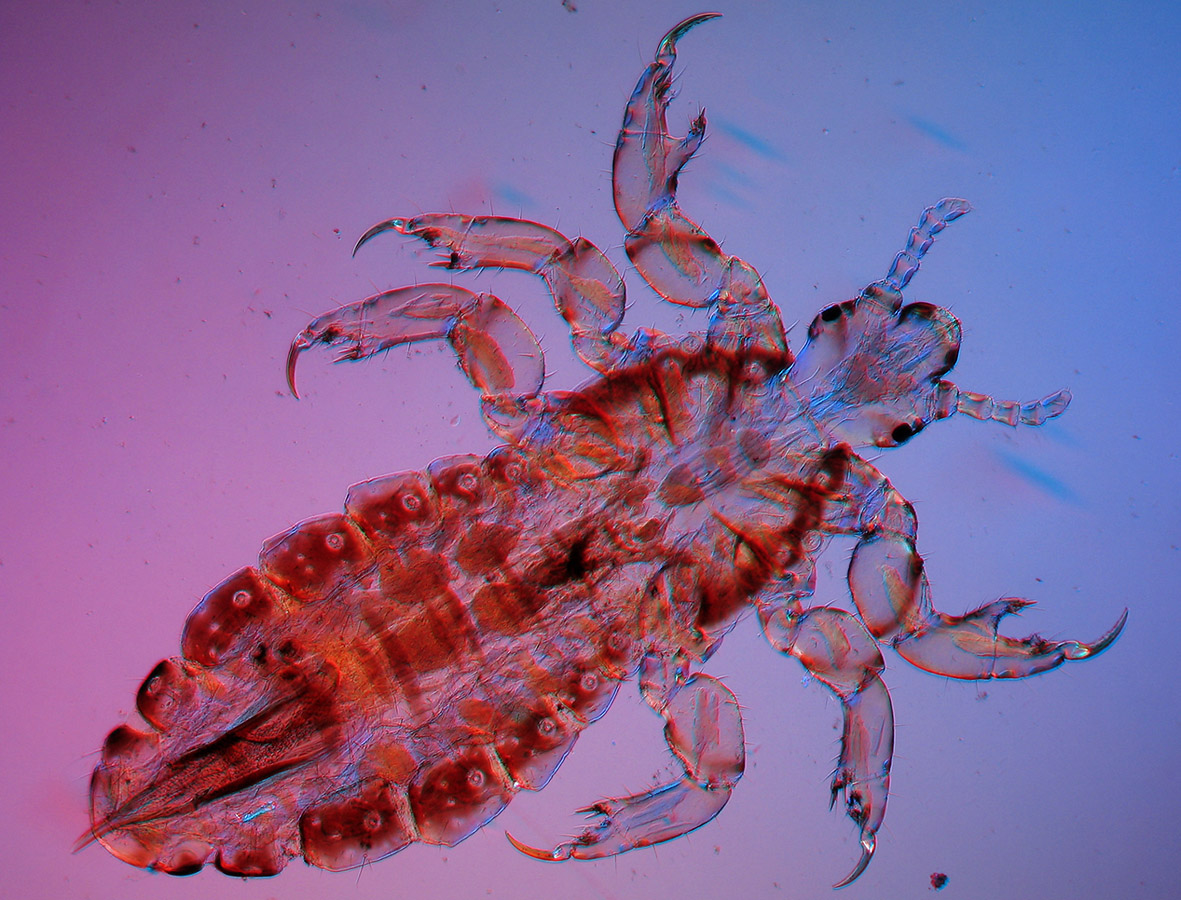
Does the expression “slip, slop, slap” ring a bell? What about the New South Wales Government’s latest catch phrase, “There’s nothing healthy about a tan”? We are constantly bombarded with messages about the importance of sun protection to prevent the formation of skin cancers. However, new studies suggest that the most deadly form of skin cancer, melanoma could, to some extent, be caused by an alternative risk factor.
MDM2 (murine double minute 2) is a cancer promoting gene (oncogene) present in everyone’s cells. When oestrogen binds to MDM2, production of this gene increases.

It has been suggested that the interaction between oestrogen and a genetic variant that can occur in the promoter of the MDM2 gene could significantly increase melanoma risk, thus contributing to a larger prevalence of these cancers in women under the age of 50. Although the binding of MDM2 (without the genetic variant) and oestrogen ‘switches on’ its manufacture; the defect identified in the gene’s promoter causes stronger bonding and increases MDM2 production.
Normally, the tumor suppressing gene, p53 regulates MDM2 levels, and in turn MDM2 regulates p53 levels. In individuals with the genetic defect however, MDM2 is ‘flicked on’ irrespective of p53 levels, leading to suppressed p53 protection from cancerous cell formation.

Oestrogen levels in pre-menopausal women tend to be highest, and it is suggested that women with elevated oestrogen, in combination with the MDM2 variant present a significantly higher melanoma risk.
A recent study by David Polsky and his team of researchers of 227 melanoma cases at the NYU School of Medicine has revealed that this naturally occurring genetic variant was present in over 40 percent of diagnosed female melanoma patients (under 50), thereby providing evidence to support this notion. Polsky is looking to develop a cancer risk model based on hormonal status and genetic factors. Such a test would have significant implications for cancer prevention.
Original Article:
New Risk Factor for Melanoma in Younger Women, Science Daily, viewed 27 March 2009, http://www.sciencedaily.com/releases/2009/03/090324131448.htm
Adapted from materials provided by the NYU Langone Medical Center
References:
Hardcastle, I. R. 2007, Inhibitors of the MDM2-p53 interaction as anticancer drugs, online illustration, Drugs of the Future, viewed 28 March 2009, http://journals.prous.com/journals/servlet/xmlxsl/pk_journals.xml_summary_pr?p_JournalId=2&p_RefId=1131965&p_IsPs=N
Melanoma 2009, online illustration, Wikipedia: The Free Encyclopedia, viewed 28 March 2009, http://en.wikipedia.org/wiki/Melanoma
Melanoma Diagnostics 2009, University of California San Francisco, viewed 28 March 2009, http://www.melanomadiagnostics.com/
Queensland Researchers discover Melanoma gene 2009, online illustration, ABC, viewed 29 March 2009, http://www.abc.net.au/news/stories/2008/05/19/2249091.htm
Skin Cancers 2009, World Health Organization, viewed 28 March 2009, http://www.who.int/uv/faq/skincancer/en/index1.html
Soussi, T 2008, MDM2 and MDM4, The TP53 Website, viewed 28 March 2009, http://p53.free.fr/p53_info/mdm_family.html
Caitlin Swalwell
42008707

























